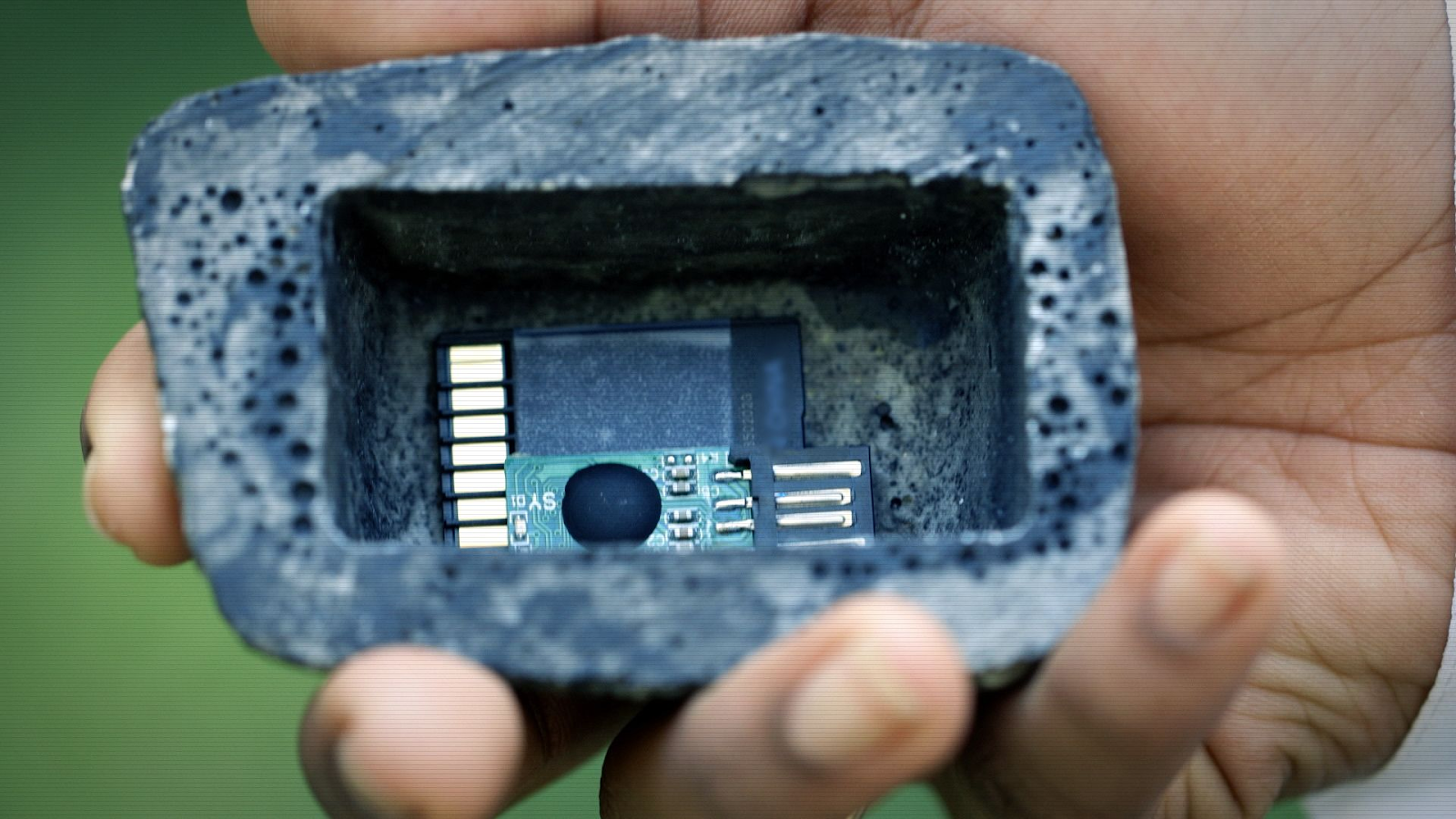 |
| The art of the 'Dead Drop'- how the CIA passes on secrets undetected |
In "Mission
of Vengeance," CIA spymaster Corey Pearson knows that passing info
through dead drops is an art form. He’s got a former Russian KGB agent, now a
double agent, feeding him intel on Russian plans to undermine America's
presence in the Caribbean. Here’s how Corey ensures they don’t get caught.
First off, Corey is a master at choosing
secure locations. He and his Russian defector buddy don’t just pick any old
place for their dead drops. They scout out isolated, inconspicuous spots that
are well away from prying eyes and surveillance cameras. Think abandoned
buildings, quiet parks, or even the dense foliage of a forgotten garden.
Anywhere that screams “nobody comes here” is their prime real estate.
Next, Corey’s a wizard with camouflage.
Forget the classic spy movies where info is stashed in a briefcase under a park
bench. Corey hides information in everyday objects that blend seamlessly into
their surroundings. We’re talking hollowed-out stones, fake tree branches, or
even a seemingly random piece of trash. To the untrained eye, it’s just junk.
To Corey and his double agent, it’s a treasure trove of secrets.
Timing is everything in the spy game, and
Corey knows it. He and his Russian informant never stick to a schedule. They
vary the times and days of their drop-offs and pick-ups to keep anyone from
noticing a pattern. One week it might be Monday at midnight, the next, Thursday
at dawn. This way, they’re always a step ahead of anyone trying to track their
movements.
Surveillance checks are another key piece
of Corey’s strategy. Before making a drop, Corey conducts thorough surveillance
of the area. He takes his time, watching for any signs of tails or hidden
cameras. If anything looks off, he aborts the mission. No dead drop is worth
getting caught over, and Corey’s meticulousness ensures they stay under the
radar.
Finally, communication codes keep their
operations smooth and secure. Instead of texting or calling to confirm a drop,
Corey and his agent use covert signals. Maybe it’s a chalk mark on a lamppost,
a soda can placed just so, or a piece of gum stuck on a railing. These signals
let each other know when a drop has been made, all without the need for risky
direct contact.
In "Mission
of Vengeance," Corey Pearson’s dead drop techniques are a
masterclass in spycraft. He keeps the intel flowing and his double agent safe,
all while staying one step ahead of their adversaries. It’s a dangerous game,
but with Corey at the helm, it’s one they’re winning.
In the shadowy world of real-life espionage
where dead drops play a vital role, few stories are as gripping as that of Oleg
Penkovsky, a Soviet military intelligence colonel who turned spy for the U.S.
and the U.K. back in the early 1960s. This guy was a goldmine of info during
the Cold War, spilling secrets about Soviet missile capabilities that were
pivotal for the West.
Enter George Kisevalter, one of the top
CIA handlers, and Penkovsky’s go-to guy, codenamed "Hero." These two
had to be crafty with their communication, using dead drops all over Moscow
since face-to-face meetings were way too risky. They’d set up prearranged
signals to indicate when a drop was made. Penkovsky might leave a small object
like a matchbox or a piece of trash in a specific spot as a signal. This was
the cue for Kisevalter or another CIA operative to check the designated dead
drop site.
These dead drop spots could be anything
from a hollowed-out tree to a gap in a wall, or even under a park bench.
Penkovsky would stash microfilm, documents, or other intel at these sites, and
the CIA guys would discreetly pick them up. On the flip side, the CIA would
leave instructions, money, or spy gear for Penkovsky to collect.
One of their go-to dead drop locations was
a stone wall in a park in Moscow. Here, they swapped vital information, with
Penkovsky providing critical intel about Soviet missile plans. This info was a
game-changer, especially during the Cuban Missile Crisis, giving the U.S. an
edge in understanding the Soviet moves.
Penkovsky’s contributions were invaluable,
and these dead drop tactics were crucial in keeping their communications
secure. Sadly, the KGB eventually caught onto Penkovsky, and he was executed.
But his bravery and the clever methods used to handle him still stand out as a
remarkable chapter in espionage history.
As you can see, the art of the dead drop
is as thrilling in real life as it is in the pages of a spy thriller. In
"Mission of Vengeance," Corey Pearson's cunning use of dead drops to
stay ahead of his enemies mirrors the ingenious tactics used by real-life spies
like Oleg Penkovsky and his handler, George Kisevalter. From hollowed-out trees
in Moscow to cleverly disguised packages in the Caribbean, these secret
exchanges are the lifeblood of espionage.
Whether in fiction or reality, the dead drop remains a vital tool in the shadowy dance of intelligence and intrigue. Keep your eyes peeled – you never know where the next dead drop might be happening. Maybe it’s your neighbor hiding a spare key in a fake rock, or your significant other leaving a surprise gift in a tree hollow. Perhaps it’s your colleague discreetly exchanging confidential documents in the office potted plant, or a community member sharing tools under the park bench. Heck, even your grandma might be stashing emergency cash in a hollow garden gnome!
Robert Morton is a member of the Association of Former Intelligence Officers (AFIO) and authors the ‘Corey Pearson- CIA Spymaster’ series. Check out his latest spy thriller, ‘Mission of Vengeance’.






No comments:
Post a Comment